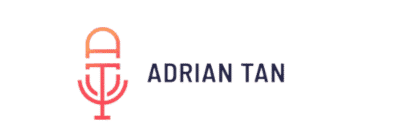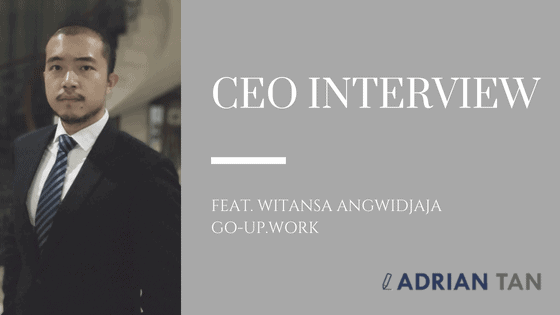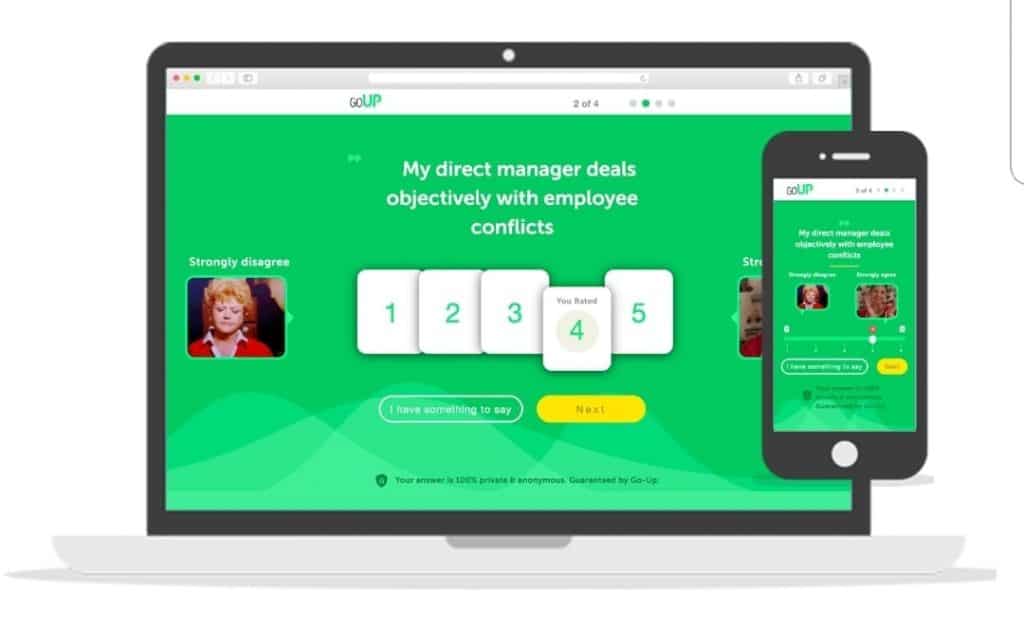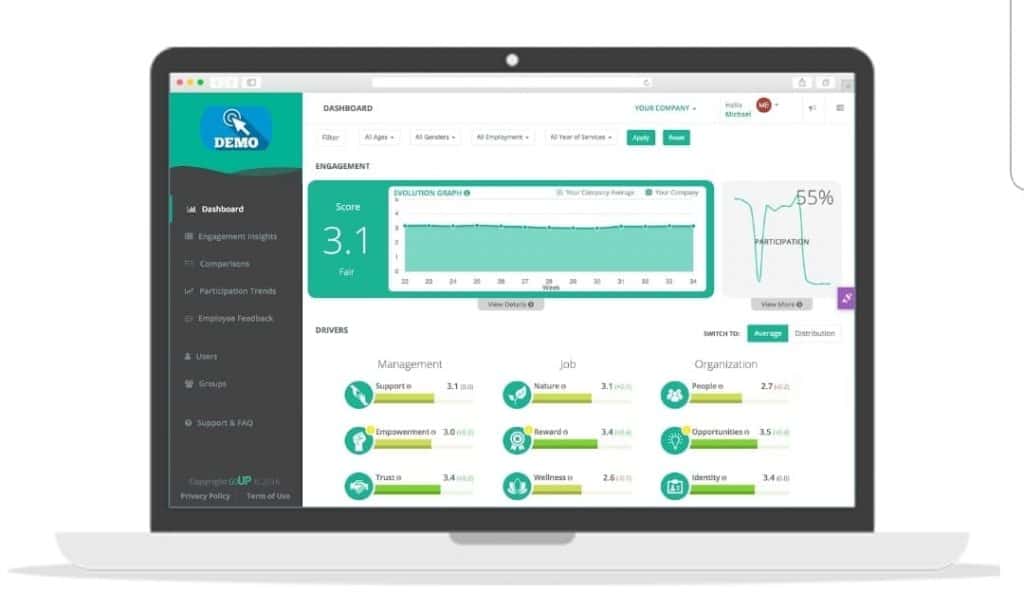A search for employee engagement on Google would return 172,000,000 results.
It is no coincidence that this space has seen an explosion of new innovative HR Tech.
Go-Up.Work is one of them. With office in Singapore and Thailand, their employee engagement platform help companies to optimise their people experience to uplift, engage and retain them better
The whole gist is a happy employee is a productive one. The old days of slave driving no longer works in the Gen Z world.
Organisations realise that engagement works better and lasts longer.
There are also other rub-off effects from such exercise that elevate Glassdoor rating, and make hiring a much easier endeavour.
I get to speak with Witansa Angwidjaja, Co-Founder of Go-Up.Work to learn about his journey, his tribulation and what he learns from them:
1. How would you describe Go-Up Work?
Go-Up.Work combine technology, employee experience design, and organisation development consultancy to help companies in their business transformation.
We build technology that fits our client’s needs, design the right experience for the end users in the organisation, and provide a consultancy to ensure customer success.
In a nutshell, we are your HR Business Partner.
Our speciality is in solving employee turnover issue, improving business performance through people strategy and developing HR business partner capabilities in your organisation.
2. What were you doing before this?
I was an HR consultant at a reputable global consulting firm – focusing on leadership development and data utilisation for the organisation.
Other than my consultancy work, I used to lead a small tech development team based in Indonesia before embarking on this exciting journey.
3. Tell us more about your product.
We have a few products on our portfolios that can be combined into a cohesive solution depending on the client’s needs.
One of it is the people engagement platform, whereby the system asks short simple questions every week to the employees, provide real-time data and insights or evidence-based management for the organisation leaders and managers in their decision and action planning.
We created the platform to help management to understand their people better – that’s why we can assist them in solving employee turnover issue and improving business performance.
However, some of our clients use the platform for managerial skills development, since they can track the progress over time.
Unlike the traditional way of engagement tool – which is an annual engagement survey that relies on HR or top management to improve engagement, these clients use our platform to equip their managers with team dashboard so that they can interact with their team better as and when needed.
Interestingly, investment firms also benefit from our platform.
They use this to get the clarity about the people within their investment portfolios.
It is because oftentimes a startup fails not due to the lack of market needs or talent, but it’s because of people issue within the organisation.
4. Who are your closest competitors?
I would say those organisations are providing consultancy and tech capabilities.
However, this combination is quite uncommon of in this industry.
Many provide technology as a Saas, or consultancy as a service.
They don’t combine both, because the domains and capabilities are not easy to build.
5. How did your first client come about?
Our first customer is from the education sector.
It happened during the tech startup roadshow in 2016.
A youthful looking person was roaming around, and our booth caught his attention.
We didn’t know who this person was until he commented our platform is revolutionary and connected us to the HR department.
He is the principal of one of the largest institution in Singapore.
They have been using multiple means to collect engagement data but never truly experience the real-time engagement platform.
Why did they switch?
They didn’t.
They see us as the real engagement implementer, not just one-time measurement.
And they choose to complement the annual engagement survey.
They understood that engagement is not a one-time event, it’s a mindset that needs to be honed continuously.
6. What motivated you to start this business?
I’m always fascinated by what technology can do to support organisation success.
Tech solutions for HR, employees and organisation are limited.
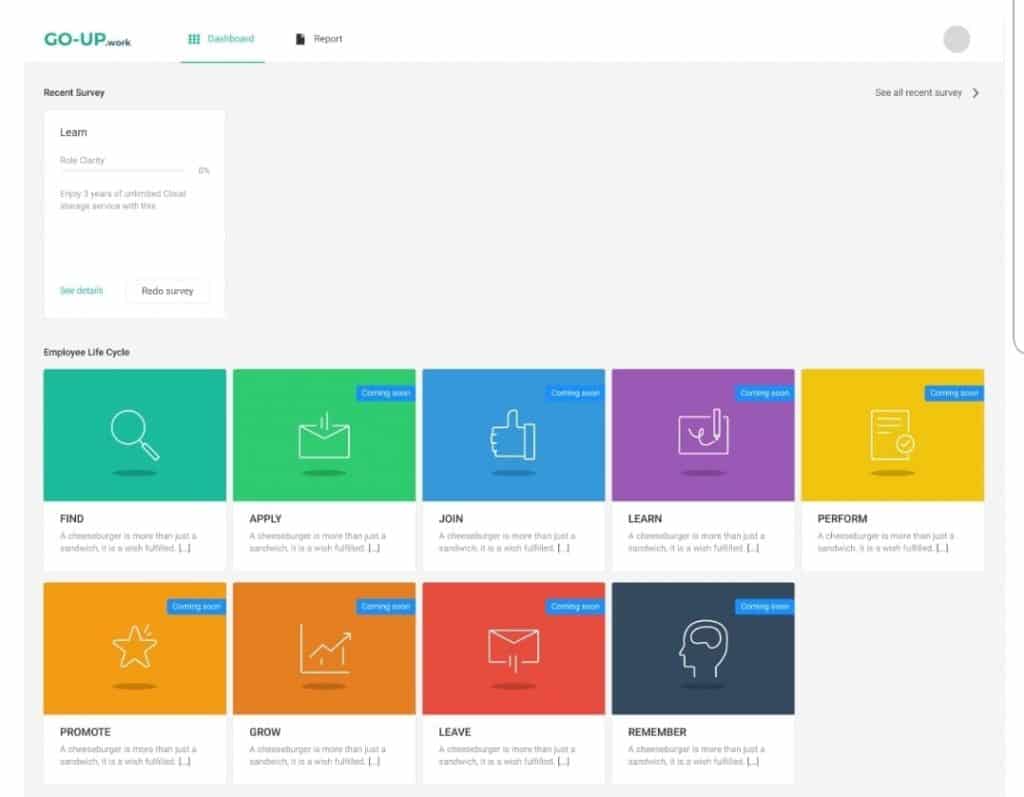
Many companies are stuck with old-school technology –with no intuitive design or no technology at all.
I’m excited to be in this HRTech space, providing organisation and communities with solutions to overcome their challenges.
7. What is your biggest sacrifice to make this work?
Time, money and stability (comfort zone).
8. How did you get funded?
Self-funded with the help of friends and families as angel investors.
9. What has been your most successful form of marketing?
Partnerships.
We partner with companies and consultants to bring the solutions to clients.
Even though I said earlier that we are a tech and organisation consultancy company, we continue to focus our expertise on becoming the HR Business Partner.
When we need to deliver specific function or area that we are not the expert in, we bring in external experts to support our work.
And this has been our most successful form of marketing.
10. What’s a typical work day for you?
There’s no typical workday.
Every day is different.
From rushing to create proposals, handling delivery work, or meeting potential clients.
But I always dedicate 6 to 8 am daily to do gym.
Running your own business is quite stressful, and doing sport helps significantly.
And at 8.30am I will have a call with my tech team to align with the developmental work.
After that, it is trying to complete the long to-do list.
11. Who has been your greatest business influence?
I think it’s my family.
I grew up in a business-oriented family, and we always like to build and fix things. My parents are entrepreneurs.
And my sister is also an entrepreneur.
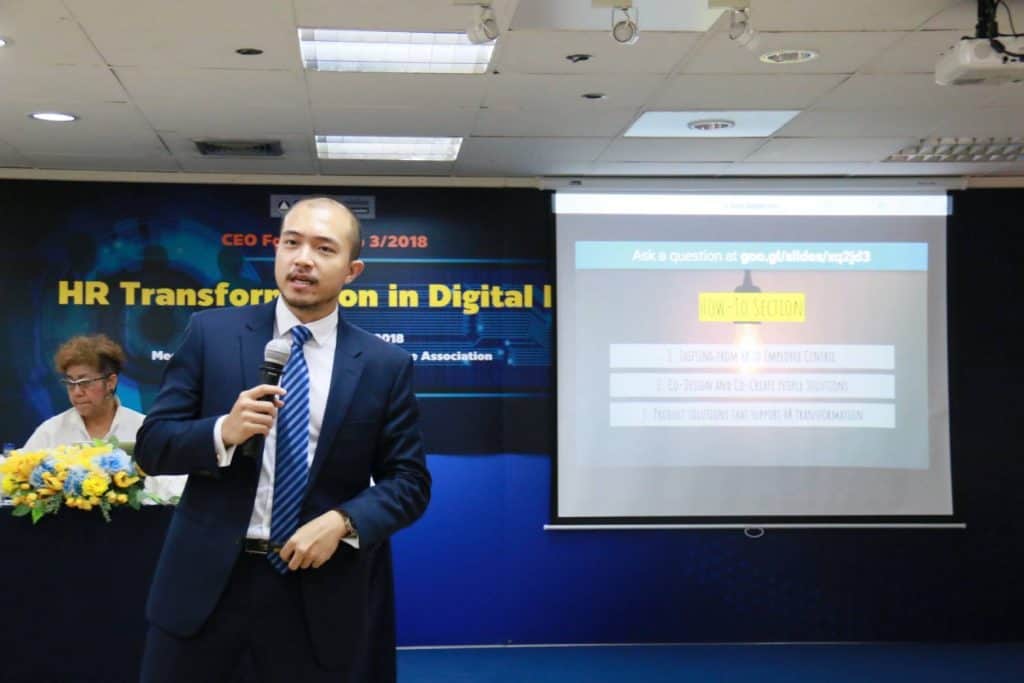
She runs her own business in Melbourne, Australia.
We always talk about how the company is doing.
There’s a sense of pride and competition within the family to keep growing the business and solving problems.
12. What’s your proudest business moment?
The proudest moment was when we managed to develop our system, go live and used by the organisation.
It’s the feeling of accomplishment and responsibilities at the same time.
The clients are entrusting us to solve their issues, and we don’t want to disappoint.
13. How about your favourite business failure?
I have tried to kick-start other businesses before running Go-Up.Work fully.
And what made it unsuccessful was the level of commitment from each of the startup founder – and this including myself.
Now I understand, an idea alone, won’t work until I execute it.
And the execution won’t work without commitment.
An idea or business plan will not survive when the first interaction with a potential client.
To succeed, I need time, dedication and effort.
And as long as I’m committed and ready to pivot, every business can be a successful one.
14. If you could, what would you tell your 20-year-old self?
Experiment early if you have a business idea.
You can experiment while still having a job.
Don’t be afraid of failure, because you will fail.
The key to success is your desire to be successful so that when you fall, you can get back up and continue the journey.
But again, my 20-year-old self is still inexperienced.
Even though I tell myself this, I won’t understand until I go in. Lol…
15. What’s one productivity hack you can’t live without?
Set a time every day to do specific things.
Because other than this time, I will run errands and be reactive instead of proactive.
[callout]
Keen To Learn More About Go-Up.Work?
- Website
- Wit’s calendar link
[/callout]
